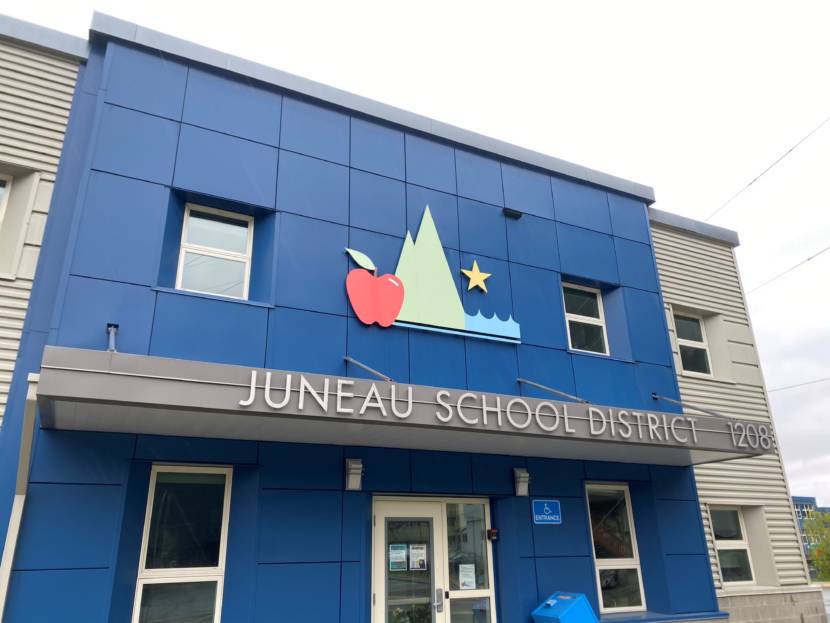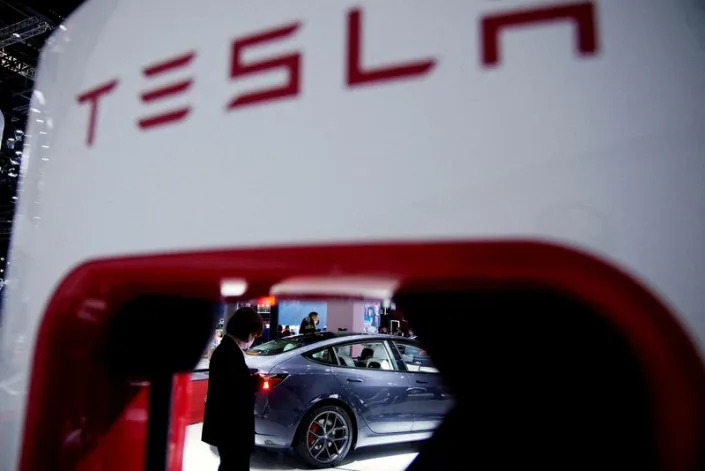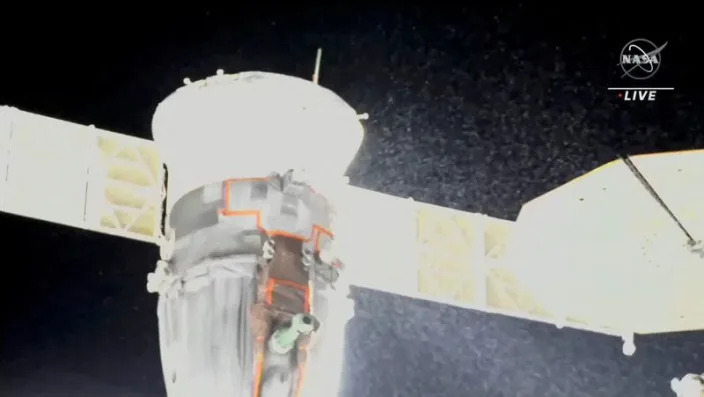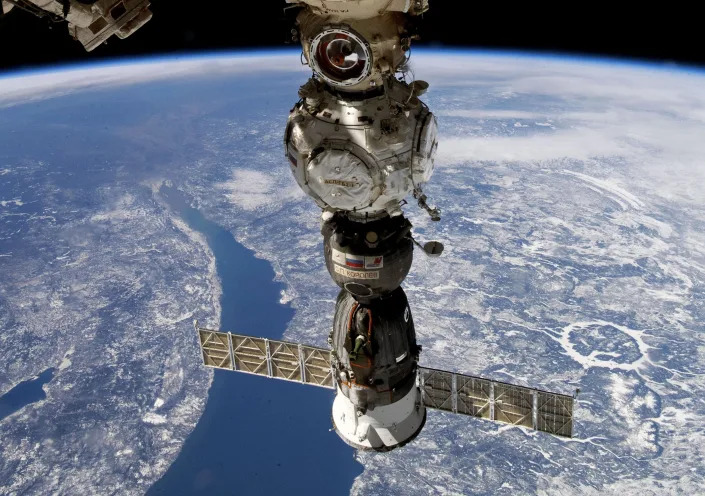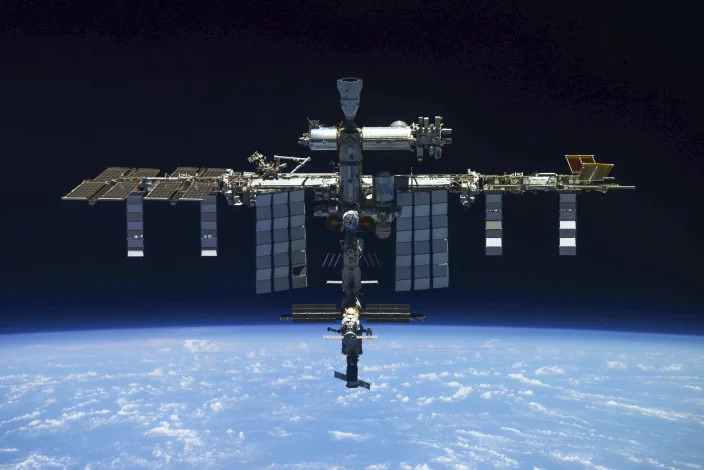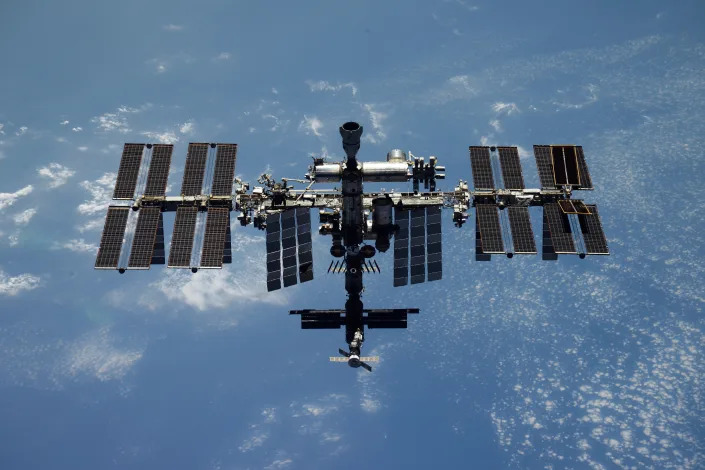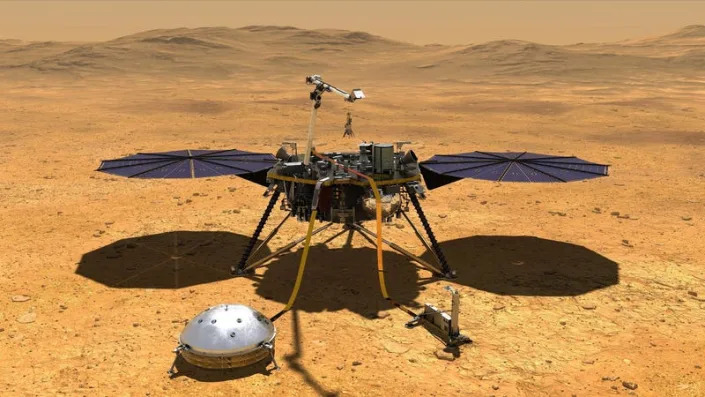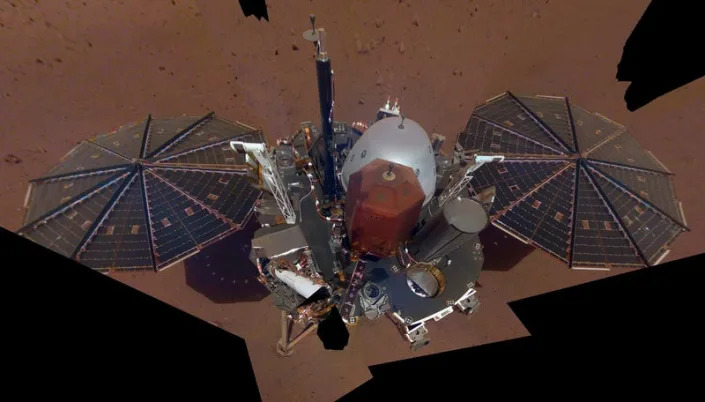Alaska, source of carbon-emitting fossil fuels, aims to raise money by storing carbon

Alaska’s state government raises hundreds of millions of dollars each year through the sale of oil that when burned contributes to climate change. Now the state is looking to also make money by preventing some of these gasses from entering the atmosphere.
Gov. Mike Dunleavy plans to introduce a bill this upcoming legislative session aimed at turning the state’s capacity to absorb and store carbon into a source of revenue. And he said it could bring in several hundred million to a billion dollars in revenue a year.
“Alaska has a real opportunity to sequester carbon in many different ways in the state – through our forests, through our depleted oil and gas basins, as well as the potential for seaweed sequestration off our coasts,” Dunleavy said during a press briefing Thursday where he and his cabinet released the proposed budget for the fiscal year that starts in July 2023.
Carbon sequestration is the process of capturing and storing atmospheric carbon dioxide, which is the most commonly produced greenhouse gas. Sequestration is one method of reducing the amount of carbon dioxide in the atmosphere.
Dunleavy said Alaska’s depleted basins, like Cook Inlet, are perfect places to sequester carbon. He said Cook Inlet could store upwards of 50 gigatons of carbon.
“As a matter of fact, Alaska probably has more capacity to sequester carbon underground than anywhere on the West Coast,” he said.
Dunleavy also mentioned Alaska’s forests and coastlines as assets for carbon monetization. Tree and forests take in carbon dioxide from the atmosphere, and that absorption can become carbon credits that are sold to companies interested in offsetting environmental impacts. Alaska Native corporations, like Sealaska and Ahtna, developed forest carbon projects several years ago. And research has shown seaweed cultivation could be a carbon removal strategy.
Dunleavy said the bill he plans to introduce this coming session will be a starting point to figure out what carbon sequestration would look like in the state and explore things like how the state can contract with companies and other entities, what’s in the contract, and what lands, basins and coastlines could be involved.
Meredith Trainor, executive director for Southeast Alaska Conservation Council, said the organization is encouraged to hear the governor thinking about the opportunities presented by carbon sequestration in Alaska, “but, of course, the devil is in the details.”
“From our perspective at SEACC, the easiest way to increase carbon sequestration in Alaska is to protect the Tongass National Forest. That’s not necessarily up to Gov. Dunleavy, but seeing the governor think more broadly about ways to protect forested areas over which the state does have influence would be critical, although we think it’s equally as important that the governor not seek to remove land from federal holdings in the process of doing so,” Trainor said.
Dunleavy said he hopes to see action on a broad bill that will enable the state to start to entertain potential contracts with entities. No potential entities at this point have been identified, his office said later.
The multi-year revenue option “doesn’t gore any ox,” Dunleavy said.
“For years the conversation on revenue was: Whose ox are we going to gore? Are we going to do an income tax on the people of Alaska. Are we going to do corporate taxes? With the advent of the monetization of carbon, we have a real possibility of receiving revenue that doesn’t gore any ox,” Dunleavy said.
No revenue from carbon sequestration is included in the proposed budget, but a target for potential new revenue is included in Dunleavy’s 10-year plan. It imagines $300 million in fiscal year 2024, $500 million the next year, increasing to $750 million the year after, and leveling out at $900 million in subsequent years – revenue that would help balance out what is needed to keep the state functioning.
State Sen. Bert Stedman, R-Sitka, doesn’t think revenue from carbon sequestration will come in that quickly.
“That’s a big issue that’ll take quite a bit of analysis and discussion,” he said. “My guess is it’s a two-year process.”
Stedman said successful legislation could create an opportunity for “multigenerational contracts” between the state and investors, so lawmakers should be careful.
“If we make a mistake, it could be very expensive for the development opportunities,” he said.
James Brooks contributed reporting to this story.
